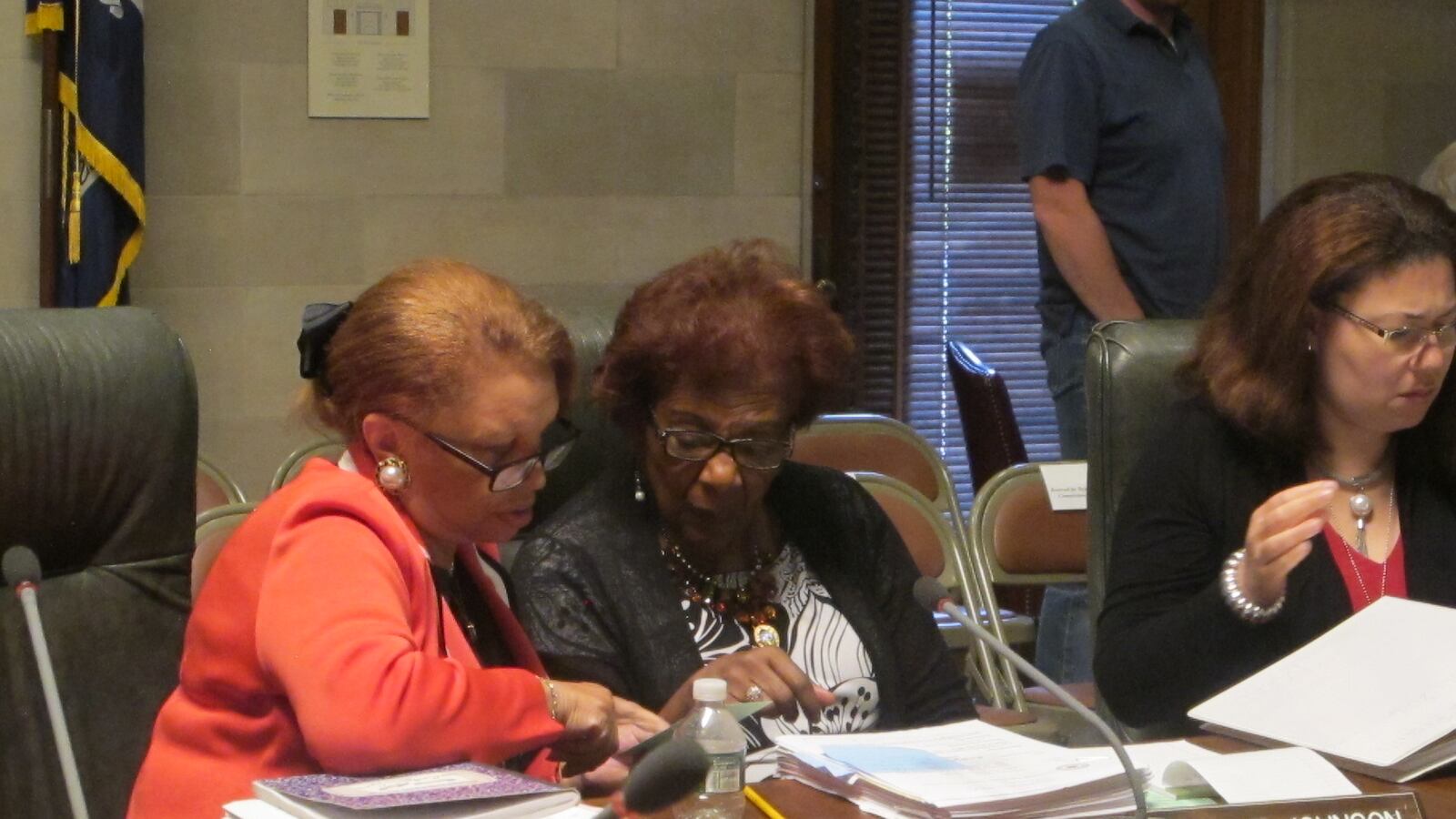A New York conference on the extensive research on the benefits of school integration. A convening of the state’s civil rights groups. A commission on equity and integration.
Those are some of the ideas being considered by a group of state policymakers tasked with addressing school integration in New York, which has some of the country’s most severe racial segregation. The group was established by Board of Regents Chancellor Betty Rosa in 2016 to research topics that the board would have to weigh in on; over time, it has come to focus on school integration and racial equity.
At its meeting Tuesday during the Regents’ monthly gathering, the group also floated ways to desegregate schools. One idea was to create incentives for schools that take steps to enroll students from different racial and socioeconomic backgrounds.
The group’s ideas build on other state efforts to combat school segregation. In 2014, New York’s education department launched a series of grants designed to improve schools by integrating them; the latest rounds of grants will expand the program to more schools and is more focused on training district leaders to combat school segregation. And as part of a plan they were required to submit last year under the federal Every Student Succeeds Act, officials discussed the idea of developing a new measure of school and district integration.
Those efforts come four years after a widely cited study by researchers at the University of California, Los Angeles found New York’s schools to be the most segregated in the country.
The group’s plans are still in their infancy: They will likely still be submitted to the full board, which would then have the chance to vet them before voting on whether to approve them.
Meanwhile, the group is still debating its own mission and objectives. During Tuesday’s discussion, one member suggested having the incentive program focus on “equity” rather than desegregation because some schools are unlikely to ever enroll many students of different races.
Regent Judith Johnson, who co-chairs the group, said Tuesday that she has struggled to figure out exactly what it should focus on — and how much to push integration in parts of the state where doing so could prove deeply unpopular. In New York City, many parents have resisted changes that would reroute their children to different schools in order to promote integration; in less diverse cities and towns, integration would likely require moving students across district lines.
“Not every district wants to address this issue,” Johnson said. “And so the question becomes: What is the role … of the Board of Regents?”

